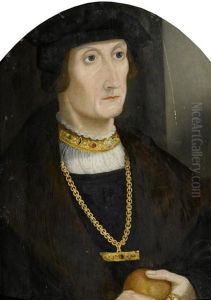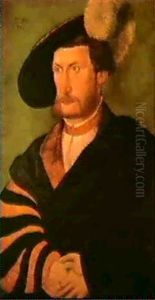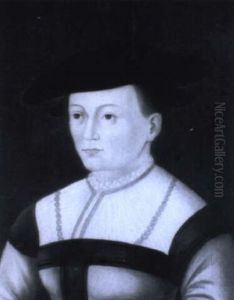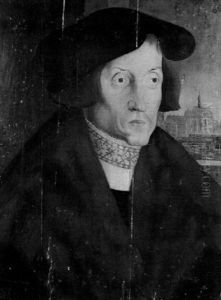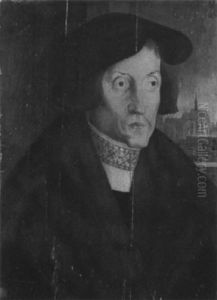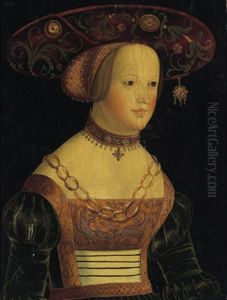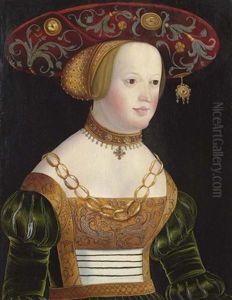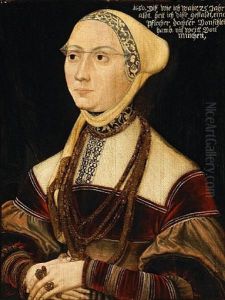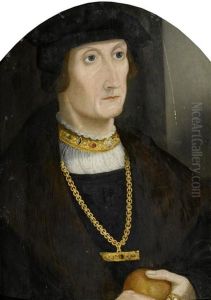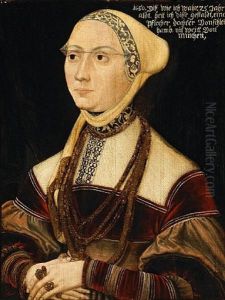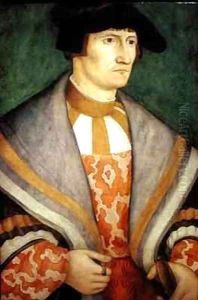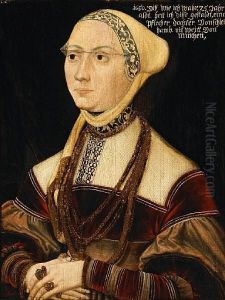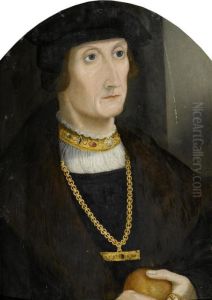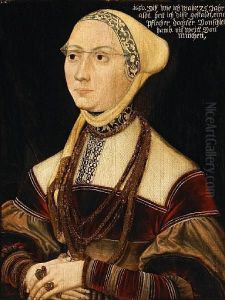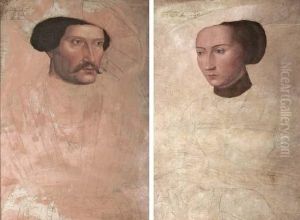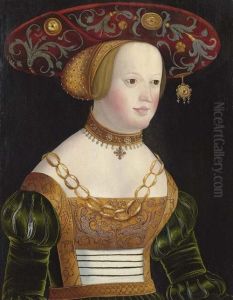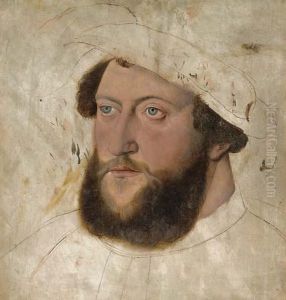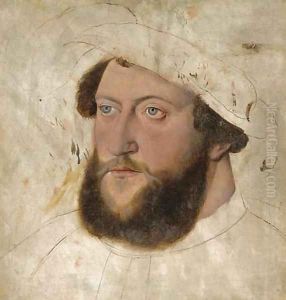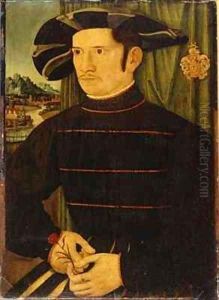Peter Gertner Paintings
Peter Gertner, also known as Petrus Gertner or Peter Gärtner, was a German Renaissance painter, primarily known for his portraits and religious compositions. His exact birth date is not known, but it is estimated to be around 1495 to 1500. Gertner was active during a period of significant artistic development in Germany, which was influenced by the innovations of the Italian Renaissance and the Northern Renaissance's attention to detail.
There is limited information available about Gertner's life, and much of what is known about him is derived from his surviving works and some historical records. It is believed that he was born in Nuremberg, a city that was a significant cultural and artistic center in Germany during the 16th century. Nuremberg was home to other renowned artists such as Albrecht Dürer, with whom Gertner may have been acquainted or at least influenced by.
Gertner's artistic career is marked by a small but notable corpus of works. His style exhibits the influence of the Danube School, characterized by expressive landscapes and an emphasis on nature, as well as the Italianate style seen in the works of Dürer and other contemporaries. One of his most acclaimed works is the altarpiece for the church of Saint Lawrence in Nuremberg, which showcases his skill in creating religious narratives with emotional depth and detailed landscapes.
Despite his contributions to the art of his time, Gertner did not achieve the same level of fame as some of his peers. Today, he is recognized for his role in the diffusion of Renaissance ideals in Germanic territories and his ability to blend Northern European artistic traditions with the more modern, humanistic approach that was emerging from Italy.
The circumstances of Gertner's death are as obscure as those of his birth. It is generally believed that he died around 1541. Unfortunately, due to the passage of time and the scarcity of records, further details about his life and work remain elusive. Nonetheless, Peter Gertner's extant paintings continue to be appreciated for their contribution to the rich tapestry of Renaissance art, and they provide a window into the cultural milieu of 16th-century Nuremberg.
